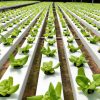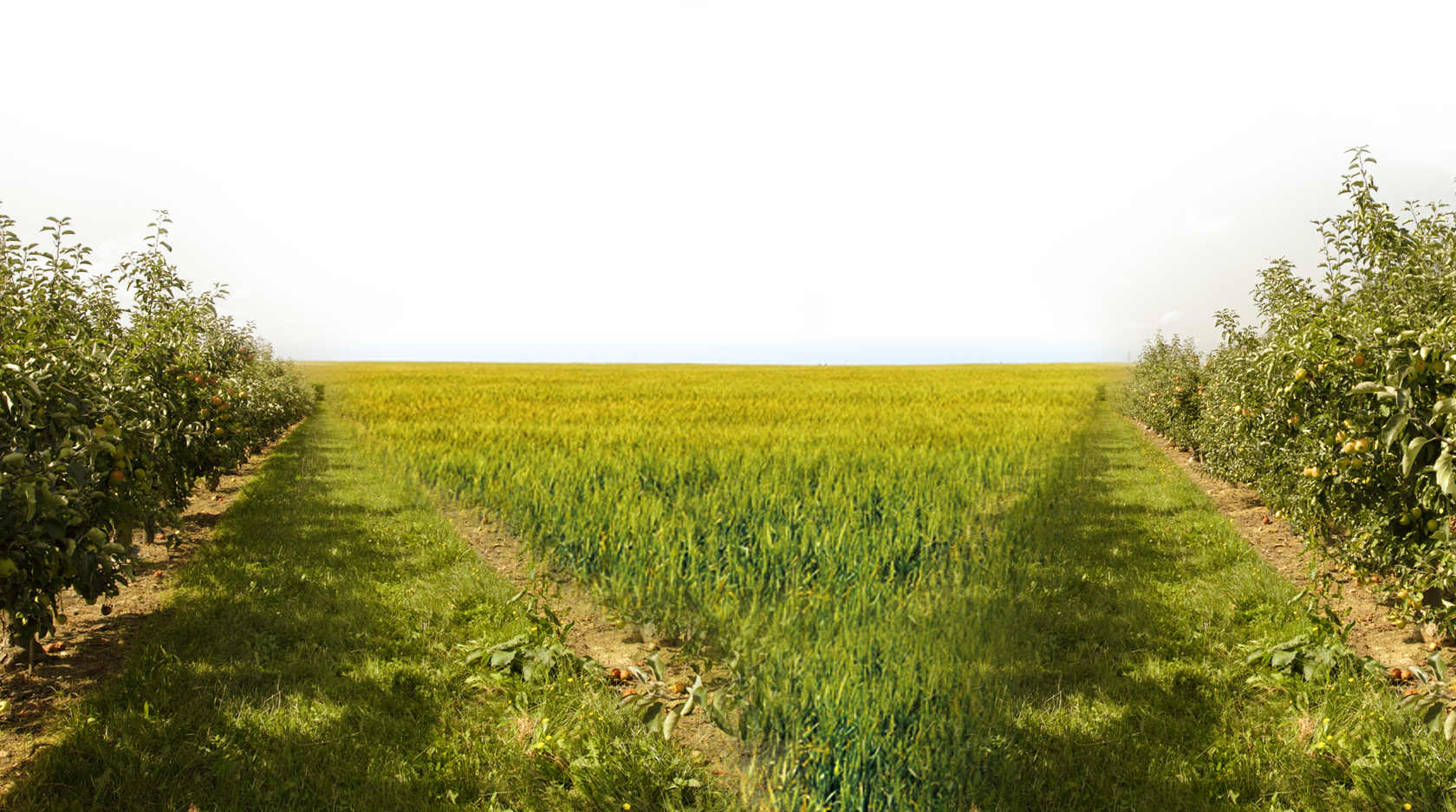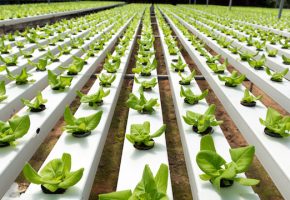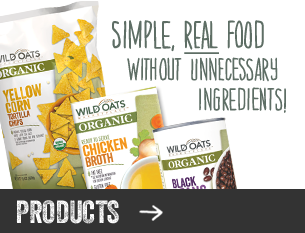
Milk’s Back to School Lesson
By Dave Carter | 0 Comments | Posted 08/24/2014
Someone asked once why organic milk was historically the fastest growing segment of the organic food business.
The answer is fairly simple.
Milk comes to our tables through a fairly short pipeline. Food goes into the cow. Milk comes out of the cow. Milk gets pasteurized and homogenized, and put into a carton. Milk goes into our bodies. That’s about it.
About 15 years ago, Monsanto won approval to put something else into cows: Bovine Growth Hormone (BGH). When injected into dairy cows, BGH stimulates the production of milk, making Bossie’s hard-working udders work even harder.
Many doubts surrounded BGH. Some shoppers questioned the potential link between the use of growth hormones in livestock and the trend toward the early-onset of puberty in children. After all, the logic seemed to flow: BGH goes into the cow. Milk produced with BGH comes out of the cow. Milk produced with BGH goes into my family.
Because Monsanto fought against the labeling of dairy products produced with BGH, consumers began to look for a trusted way to buy milk made from cows that weren’t injected with BGH. The emerging category of organic milk offered that assurance.
Parents across the country are starting to pack lunchboxes as their children head back to school. That carton of organic milk is a great addition to the lunchbox. But what about the apple, the carrot sticks, and that chicken sandwich?
Life is full of difficult choices. Choosing organic whenever possible can make sure that the healthy lunch you pack for your kids is even healthier.


 Contact us
Contact us



























